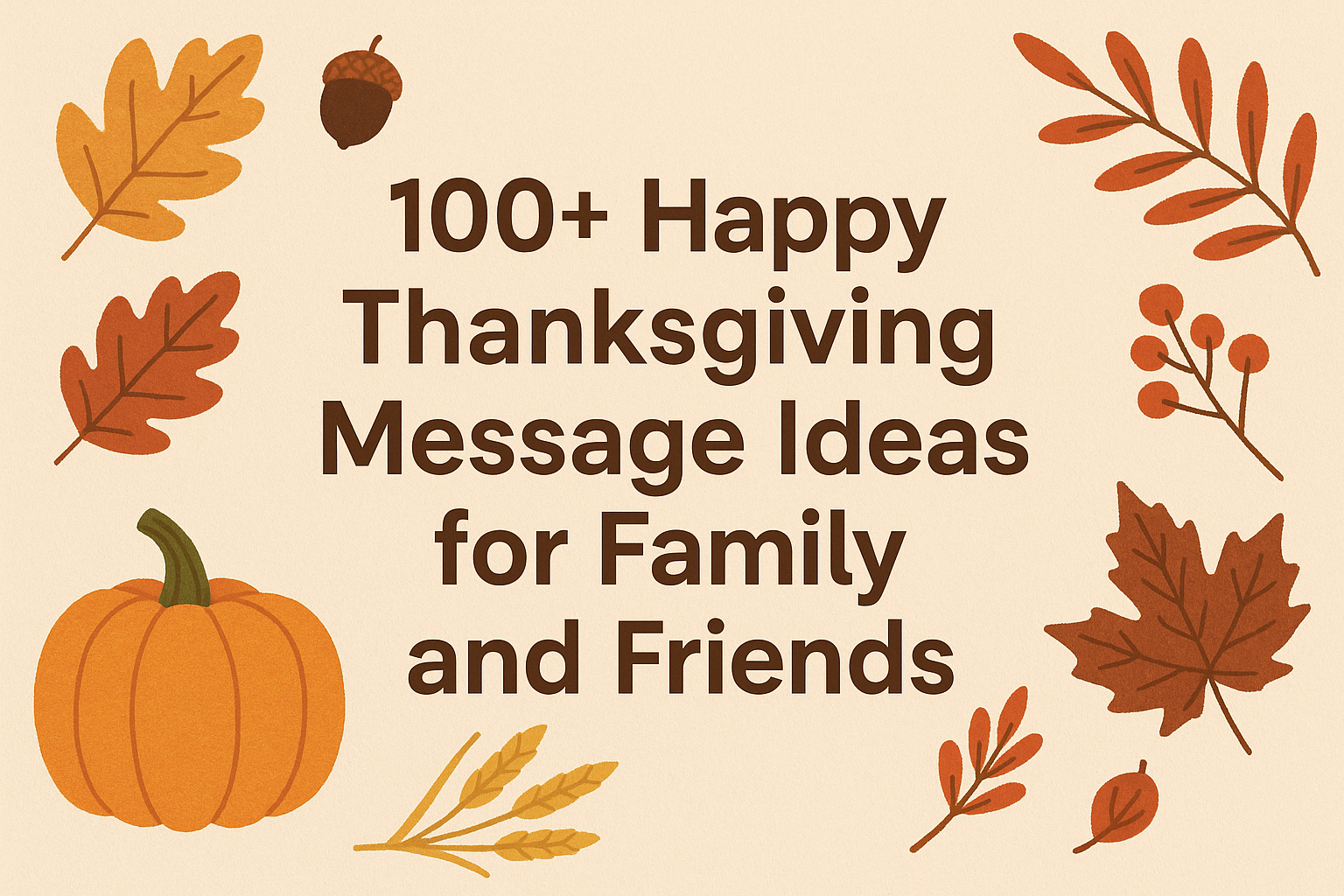Intentional communication in relationships is about making a conscious effort to connect with others meaningfully. Rather than letting words flow aimlessly, you focus on expressing yourself with clarity and purpose, ensuring the other person feels heard, respected, and understood. Whether with a partner, family member, or friend, intentional communication can strengthen bonds and reduce misunderstandings. But what exactly does it mean to communicate intentionally, and how can it transform your relationships? Let’s dig in and explore the impact of this powerful approach to connecting.
Why Intentional Communication Matters in Relationships
Communication is the backbone of any relationship. However, not all communication is created equal. Intentional communication goes beyond mere conversation. It’s about how you communicate, what you communicate, and the effect you aim to achieve. By embracing intentional communication, you ensure your words align with your goals, making every interaction more meaningful.
What Does Intentional Communication Look Like?
Intentional communication focuses on being present, active, and thoughtful. Rather than simply talking, you’re fully engaged in the conversation. Here are some key aspects of intentional communication:
- Active Listening: Paying full attention without interrupting.
- Thoughtful Responses: Choosing words that reflect understanding and respect.
- Clarity and Purpose: Avoiding ambiguity and expressing what you mean.
When practiced consistently, intentional communication can help you feel more connected, understood, and valued in your relationships.
Benefits of Intentional Communication in Relationships
Intentional communication doesn’t just improve the quality of your conversations; it can positively impact your relationship in numerous ways. Here are some major benefits:
1. Builds Trust
When you communicate with intention, you demonstrate reliability and sincerity. Partners or friends are more likely to trust you if they feel that you’re listening and valuing their perspectives.
2. Reduces Misunderstandings
Intentional communication emphasizes clarity. By clearly expressing your thoughts and feelings, you minimize the chances of miscommunication or hurt feelings, which can arise from assumptions or vague language.
3. Deepens Emotional Connection
This communication style helps you connect on a more profound level. By fully engaging in your conversations, you make others feel valued, fostering a deeper emotional bond.
4. Encourages Healthy Conflict Resolution
Every relationship encounters conflict, but intentional communication makes resolving these disagreements more manageable. With active listening and thoughtful responses, you’re better equipped to navigate disagreements without damaging the relationship.
How to Practice Intentional Communication in Relationships
Ready to improve your relationships with intentional communication? Here are some practical ways to start:
1. Be Present in Conversations
Distractions can derail communication and make others feel unimportant. Put away your phone, maintain eye contact, and engage with your partner. This act of presence shows you value the other person and are dedicated to the interaction.
2. Listen Actively
Active listening is essential in intentional communication. Show your partner you’re genuinely interested in what they have to say by nodding, making eye contact, and responding thoughtfully.
Tips for Active Listening:
- Avoid Interrupting: Let the other person speak fully before responding.
- Reflect and Clarify: Summarize what you’ve heard to ensure understanding.
- Respond with Empathy: Show compassion and understanding in your responses.
3. Use “I” Statements
Using “I” statements is a simple yet powerful way to communicate intentionally. This approach helps you express your feelings without blaming or accusing the other person, reducing defensiveness and opening the door to a more productive conversation.
Examples of “I” Statements:
- Instead of “You never listen to me,” say, “I feel unheard when I don’t feel listened to.”
- Instead of “You always ignore my opinions,” say, “I feel frustrated when I feel my opinions are disregarded.”
4. Be Clear and Concise
Ambiguity can lead to misunderstandings and frustration. Strive to express your thoughts clearly, and avoid overloading the conversation with unnecessary details. This approach allows you to get to the heart of the matter without confusion.
Ways to Communicate Clearly:
- Focus on One Point at a Time: Discuss one topic before moving on to the next.
- Use Simple Language: Avoid jargon or complex language, especially when emotions are high.
- Ask for Feedback: Check in with the other person to confirm they understand your message.
5. Practice Empathy and Compassion
Intentional communication isn’t just about expressing your perspective; it’s also about understanding where the other person is coming from. By putting yourself in their shoes, you can respond in a way that acknowledges their feelings and concerns.
Ways to Show Empathy:
- Validate Their Feelings: Acknowledge emotions like “I understand that this must be difficult for you.”
- Offer Comfort: If someone is going through a tough time, let them know you’re there for them.
- Avoid Judgment: Even if you disagree, respect their right to their feelings and perspective.
Common Challenges in Intentional Communication
Intentional communication sounds great, but it’s not always easy. Here are some challenges you might face and tips on how to overcome them:
1. Emotional Reactions
Sometimes, emotions can get the best of us. If you feel yourself becoming defensive or angry, take a step back and breathe. Consider pausing the conversation until you can approach it with a calmer mindset.
2. Habits of Interrupting
Interrupting can quickly derail a conversation. If you struggle with this, remind yourself that intentional communication requires patience. Let the other person finish their thoughts before you respond.
3. Misinterpretations
Despite our best efforts, sometimes our words can be misinterpreted. In these cases, it’s helpful to clarify and ensure everyone is on the same page. Use phrases like, “Just to clarify, are you saying…?” to confirm mutual understanding.
The Impact of Intentional Communication on Different Types of Relationships
Intentional communication is effective across various relationships, each with unique dynamics. Here’s how it can play a role in different contexts:
1. Romantic Relationships
In romantic relationships, intentional communication can bring partners closer by fostering emotional intimacy and trust. Partners who communicate this way often feel secure, valued, and better understood.
2. Friendships
Intentional communication can help you build strong, lasting friendships. When you’re open and honest with your friends, they’re more likely to feel comfortable confiding in you, which deepens your bond.
3. Family Relationships
Family dynamics can sometimes be tricky, but intentional communication can help you navigate them. When family members take the time to listen and understand each other, it fosters a more supportive and loving environment.
Intentional Communication Techniques for Everyday Life
Ready to incorporate intentional communication into your daily routine? Here are some techniques you can start using today:
- Mindful Mornings: Begin each day by practicing mindfulness, which helps set the tone for intentional communication throughout the day.
- Daily Check-Ins: Make a habit of checking in with the people you care about. A simple “How was your day?” can open the door to meaningful conversations.
- End-of-Day Reflections: Spend a few minutes each evening reflecting on your interactions. Did you communicate intentionally, or were there areas for improvement?
Simple Ways to Practice Intentional Communication
Here are some practical tips to incorporate intentional communication into your relationships:
Be Present: Show your engagement by putting away distractions like your phone. Fully focus on the person in front of you, giving them your undivided attention.
Listen Actively: Make the other person feel valued by listening without interruptions. Use non-verbal cues, such as nodding, to show you’re engaged and understanding.
Use “I” Statements: Express your feelings openly without placing blame. Phrasing sentences with “I feel…” can reduce defensiveness and promote open dialogue.
Speak Clearly: Share your thoughts in a way that’s straightforward and free from ambiguity. This minimizes the risk of misunderstandings and confusion.
Practice Empathy: Show compassion by acknowledging the other person’s feelings. Validating their emotions helps them feel respected and understood.
These techniques can help you build stronger, more meaningful connections by emphasizing clarity, respect, and genuine engagement in all your interactions.




